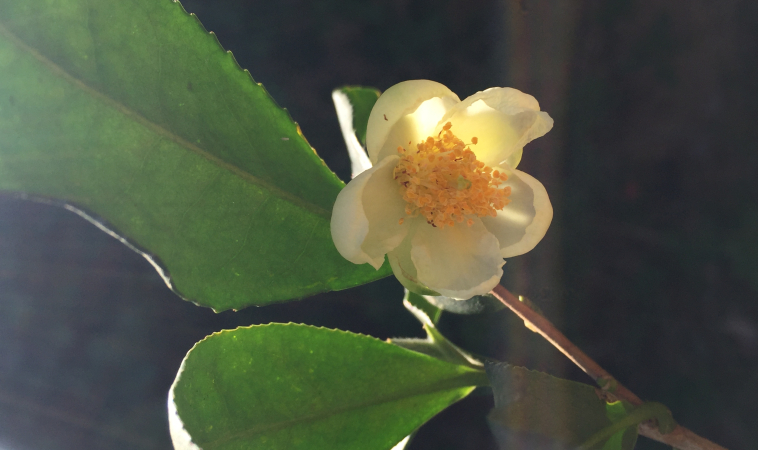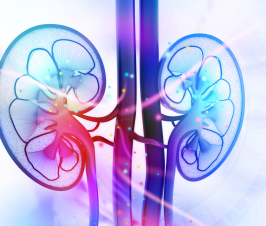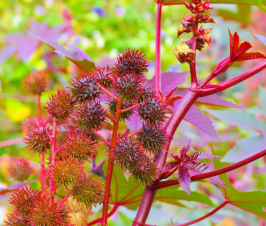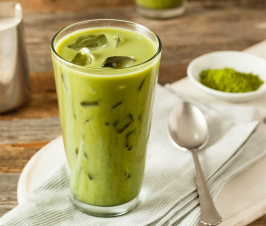Next to water, tea is the most consumed beverage in the world. Legend spins a tale 5,000 years old, of a Chinese emperor whose pot of boiling water was filled with leaves from the blowing wind, and we have been drinking tea ever since. According to the US Tea Association, 158 million Americans drink tea on any given day.
Culturally, tea has been part of ceremony, morning routine, and afternoon social gatherings. Drinking iced tea on a hot day is incredibly refreshing. A cup of hot tea on a cold morning is energizing, and the same cup on a winters night can be cozy, relaxing. The honey on top of that tea is also medicinal. Don’t we all have memories of our mother or grandmother handing us a steaming cup of hot tea with lemon and honey for a sore throat or upset stomach?
Tea is one of the most studied foods for cancer prevention and has been shown to be protective against lung, renal, ovarian, and liver cancers, as well as overall immune system enhancement.
Tea is also known to have cardio protective protperties as well as benefits to bone health.
Not all tea is created equal. It has been recently repsorted that many store bought teas contain contaminants such as the carcinogen lead and pesticide residue. Further, pharmaceutical residue present in water supplies is showing up in crops. Add to that, many teas are adulterated with “flavorings” which is just another word for chemicals.
Some tips for choosing healthy tea:
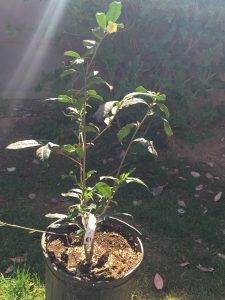 Be sure to purchase teas labeled organic or biodynamic.
Be sure to purchase teas labeled organic or biodynamic.- Read labels to avoid the word “flavorings” or “colorings”
- Make your own tea from dried herbs.
How to Grow Your Own Tea
Most tea from camellia sinesis grown in India, China and Indonesia, but a lot of tea is grown in the US, mostly in warmer climates like those of southern and southwestern states. With a sunny spot in the backyard or a greenhouse, you can grow your own!
The secret to harvesting tea is to harvest the top, young spring buds and leaves. The way you prepare the leaves will determine the type of tea.
According to offthegridnews.com, it is easy to prepare camellia sisnesis leaves at home to create the 3 popular types– green tea, oolong, and black tea:
The leaves that you harvest from your tea plant are tea. To get different flavors out of those leaves, you must prepare them differently. The directions for making green and white tea are the same. For white, however, use only the buds and not the leaves.
- Green tea. Spread out your harvested leaves and buds and leave them in a shady spot for a few hours. Steam them on the stove top for about a minute or roast them in a hot, dry skillet for a couple of minutes for a different flavor. Dry the leaves on a baking sheet in the oven at 250 degrees for about 20 minutes. You can store the dried leaves in an airtight container, or brew right away.
- Oolong tea. To make Oolong tea, let the leaves and buds wilt in the sun for a half hour to an hour. After that, leave them in the shade or inside for up to ten hours, with regular mixing. You may dry them in the oven at 250 degrees for 20 minutes. You can also treat Oolong tea in the traditional manner, which is to skip this step. Instead, roll the leaves into thin strips or small balls. They will unfurl as you brew them, but they won’t store as long as if you dry the leaves in the oven.
- Black tea. After you pick the leaves and buds, roll them between your fingers and hands until they turn a darker color. Spread the leaves out on a flat surface in a cool place and leave them to dry for two to three days. Dry and store the leaves as you would for green or Oolong tea.
You can add dried jasmine flowers from the garden for jasmine tea, or a few drops of organic bergamot oil to make earl grey.
Everyday is Earth Dayon the Natural Path, so add healthy, organic, and homegrown tea to your diet, and check out some of our favorite tea recipes!
 Razi Berry, Founder and Publisher of Naturopathic Doctor News & Review (ndnr.com) and NaturalPath (thenatpath.com), has spent the last decade as a natural medicine advocate and marketing whiz. She has galvanized and supported the naturopathic community, bringing a higher quality of healthcare to millions of North Americans through her publications. A self-proclaimed health-food junkie and mother of two; she loves all things nature, is obsessed with organic gardening, growing fruit trees (not easy in Phoenix), laughing until she snorts, and homeschooling. She is a little bit crunchy and yes, that is her real name.
Razi Berry, Founder and Publisher of Naturopathic Doctor News & Review (ndnr.com) and NaturalPath (thenatpath.com), has spent the last decade as a natural medicine advocate and marketing whiz. She has galvanized and supported the naturopathic community, bringing a higher quality of healthcare to millions of North Americans through her publications. A self-proclaimed health-food junkie and mother of two; she loves all things nature, is obsessed with organic gardening, growing fruit trees (not easy in Phoenix), laughing until she snorts, and homeschooling. She is a little bit crunchy and yes, that is her real name.

